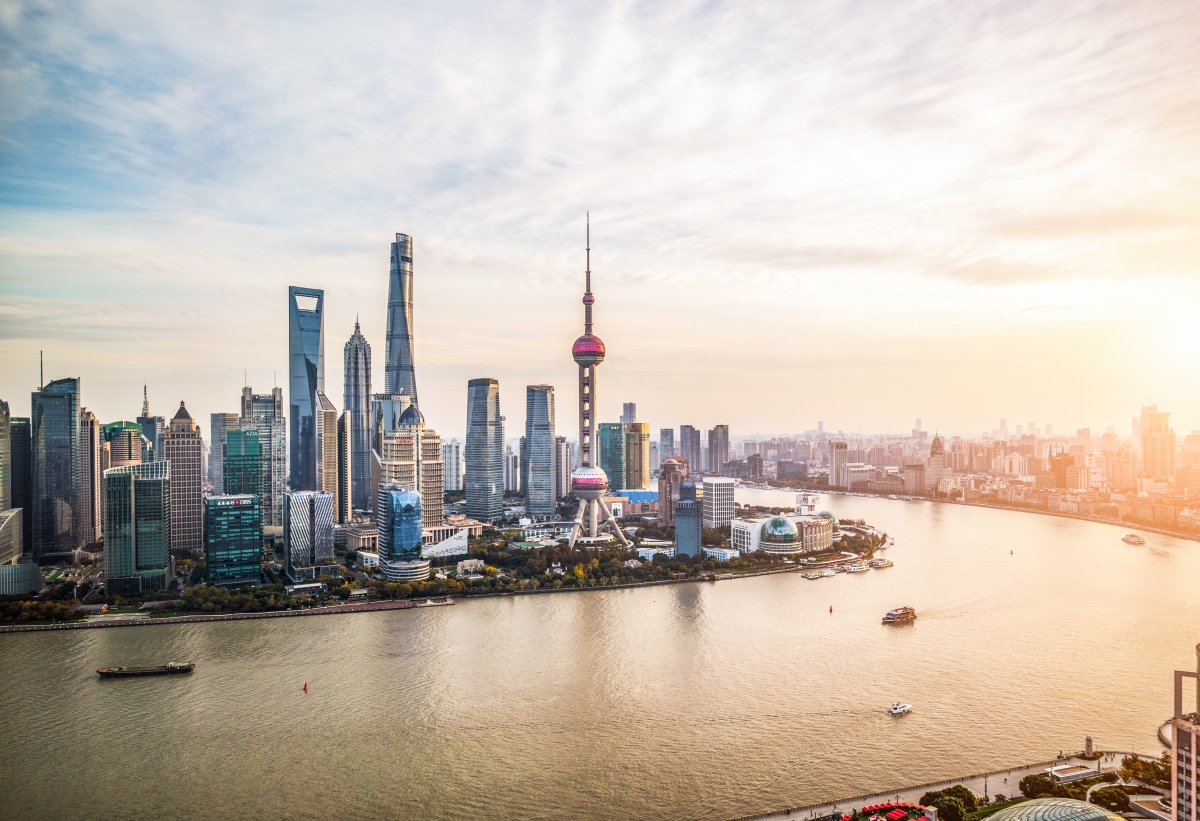China Sets the Stage for the Third Plenum by Unveiling Financial Reforms and Monetary Policy Direction

The following is an excerpt from Lizzi C. Lee's op-ed in The Diplomat. Lizzi is a Fellow on Chinese Economy at the Asia Society Policy Institute's (ASPI) Center for China Analysis (CCA).
The 2024 Lujiazui Forum, held in Shanghai from June 19 to 20, continued its tradition as a pivotal platform for China’s financial discourse. Since its inception in 2008, the forum has become instrumental as a venue where government officials, financial regulators, and industry leaders gather to share insights on pressing economic issues and make significant announcements related to China’s financial reforms.
During the forum, Pan Gongsheng, the governor of the People’s Bank of China (PBOC), reiterated a commitment to supportive monetary policies while clearly distancing itself from Western-style quantitative easing. Instead, Pan emphasized a gradual approach to incorporating bond purchases as a liquidity management tool. This pivot aligns China’s monetary policy more closely with global central banking practices, moving from quantity-based to price-based regulation.
Pan also suggested potential interest rate reforms, aiming to prioritize a single short-term rate to guide markets, thus reducing reliance on the one-year policy rate, signaling a step toward modernizing China’s monetary policy framework.
This renewed approach comes as China grapples with significant post-pandemic economic challenges. Property investments have slumped, dropping over 10 percent year-on-year in the first five months of 2024, while industrial output faces headwinds from new tariffs imposed by the United States and European Union. Data for May indicated the economic recovery was patchy, with industrial production falling short of estimates and an accelerating decline in home prices, despite an increase in retail sales growth.